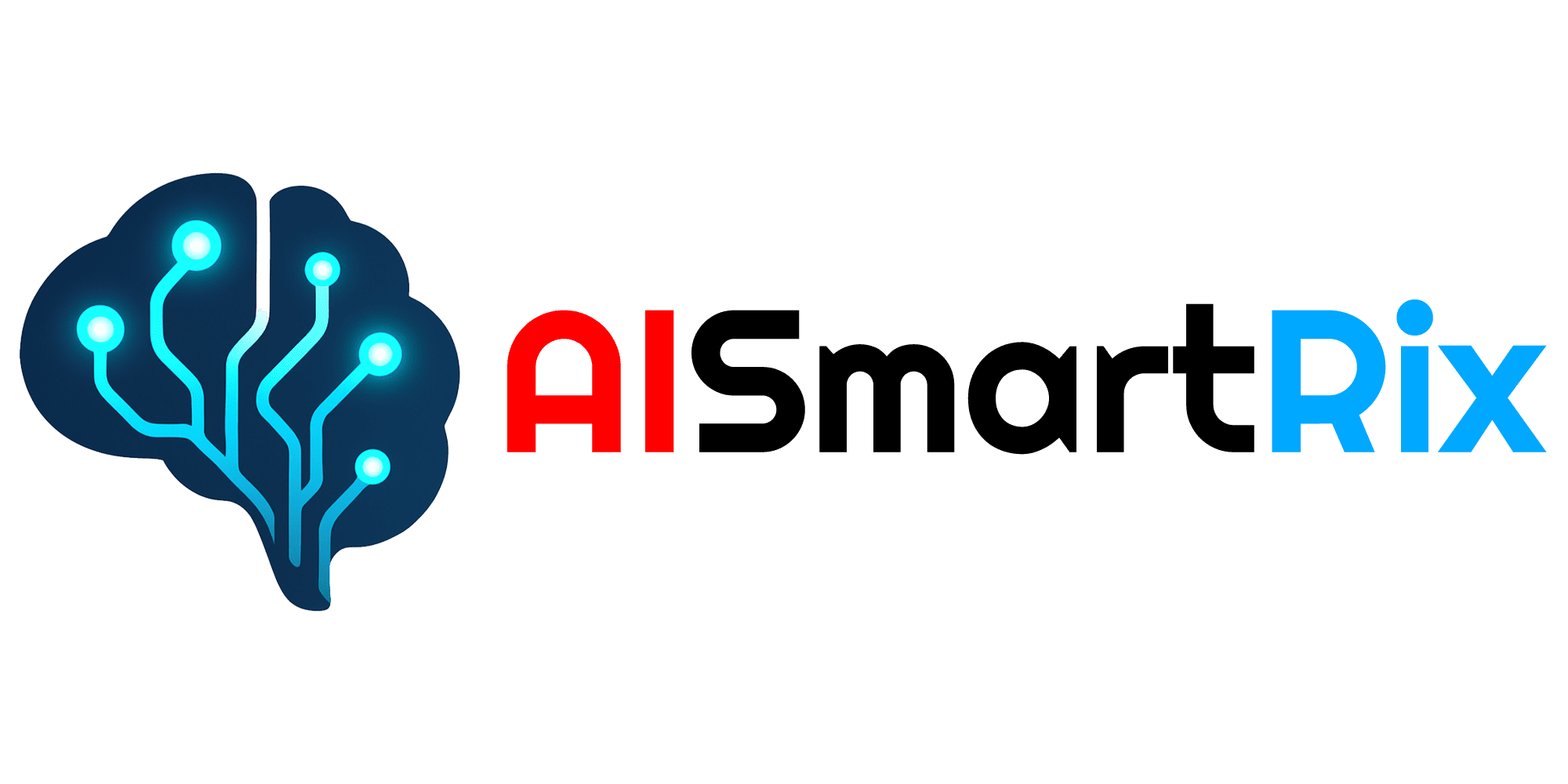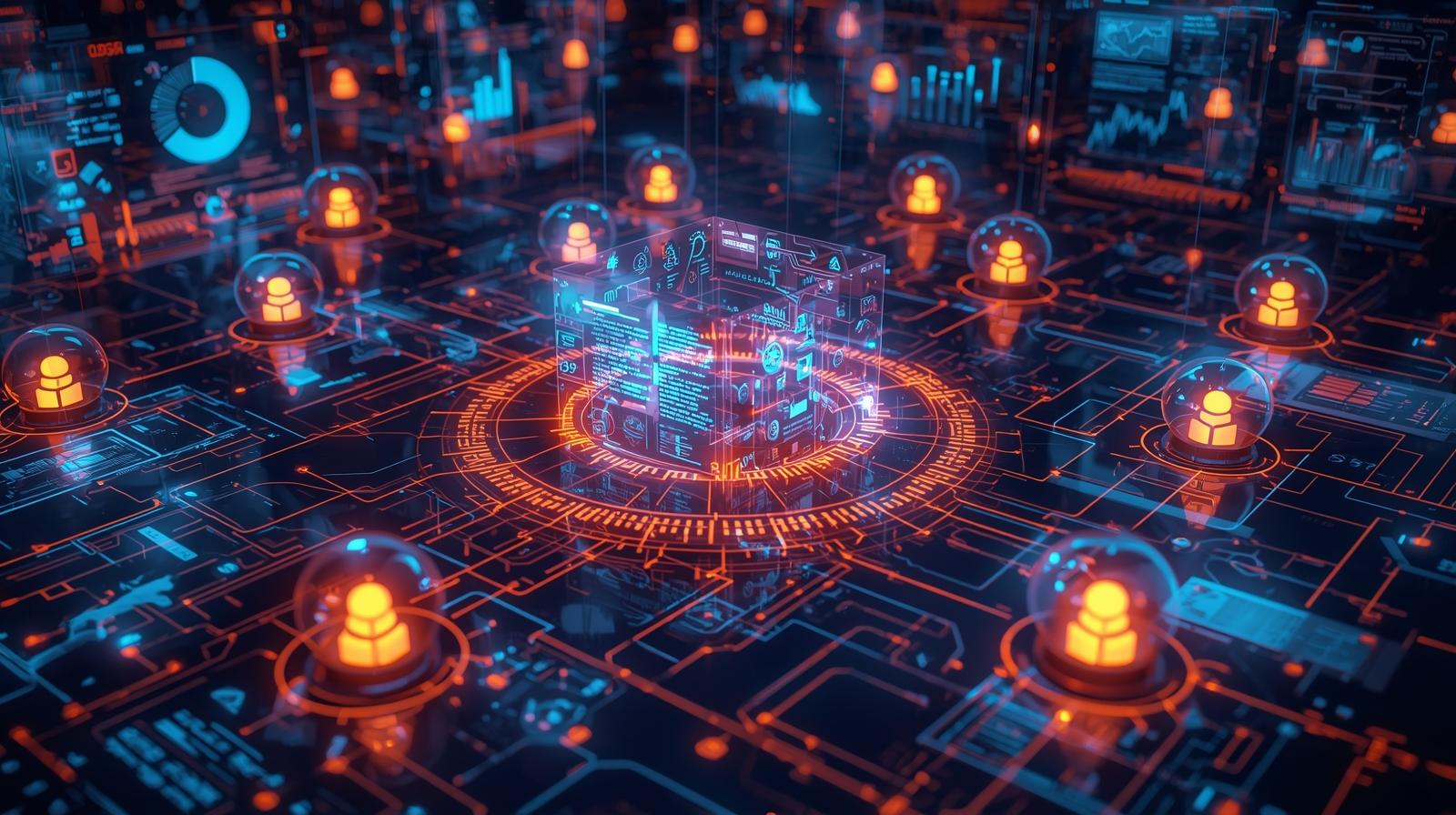Orchestration Hubs: Building Reliable Multi-Agent AI Systems (The New Backend)
The rise of multi-agent AI systems is transforming how organizations build intelligent, scalable, and autonomous solutions. From smart logistics and financial forecasting to AI-driven customer support, these systems rely on multiple AI agents working in coordination. At the core of this revolution lies orchestration hubs—the backend platforms that manage, synchronize, and optimize the behavior of these AI agents.
In this article, we explore what orchestration hubs are, how they work, why they are critical for multi-agent AI, and their impact on the future of AI-driven infrastructures.
1. Understanding Multi-Agent AI Systems
Multi-agent AI systems consist of multiple autonomous AI agents that interact, collaborate, or compete to achieve complex goals. Unlike single-agent AI, multi-agent systems:
- Divide tasks across agents: Each agent specializes in a subset of tasks or domain.
- Coordinate strategies: Agents communicate to avoid redundancy and optimize performance.
- Adapt dynamically: Systems respond in real-time to changing environments or new data.
Applications of multi-agent AI include autonomous traffic management, robotic fleets, virtual assistants, and predictive analytics. The challenge is ensuring that all agents work harmoniously without conflicts or bottlenecks.
2. What Are Orchestration Hubs?
An orchestration hub is a centralized platform that manages the deployment, communication, and lifecycle of multiple AI agents. Think of it as the “conductor” of an AI symphony, ensuring that each agent performs its role efficiently while contributing to the system’s overall objectives.
Key functions of orchestration hubs include:
- Agent Management: Deploy, monitor, and scale agents across environments.
- Task Allocation: Assign tasks dynamically based on agent capabilities and availability.
- Inter-Agent Communication: Facilitate secure and efficient data exchange between agents.
- Error Handling: Detect, mitigate, and recover from agent failures or conflicts.
- Performance Optimization: Monitor resource usage, response times, and system health to maximize efficiency.
By providing a reliable backend infrastructure, orchestration hubs enable organizations to build robust multi-agent AI ecosystems that can scale with minimal human intervention.
3. How Orchestration Hubs Enhance Reliability
Reliability is a major concern in multi-agent AI systems. Orchestration hubs improve system stability and consistency by:
- Centralized Monitoring: Real-time dashboards track agent health, task progress, and performance metrics.
- Failover Mechanisms: Automatically reassigns tasks if an agent fails or becomes unresponsive.
- Load Balancing: Distributes computational workloads efficiently to prevent bottlenecks.
- Conflict Resolution: Detects overlapping or contradictory actions between agents and resolves them automatically.
- Audit Trails & Logging: Maintains detailed logs for debugging, compliance, and system improvement.
These features reduce downtime, improve decision-making accuracy, and build trust in AI-driven operations.
4. Applications Across Industries
Orchestration hubs and multi-agent AI systems are transforming industries globally:
- Smart Cities: Coordinating fleets of autonomous vehicles, energy grids, and traffic systems.
- Healthcare: Synchronizing AI agents for diagnostics, patient monitoring, and drug discovery.
- Finance: Managing AI agents for fraud detection, algorithmic trading, and risk assessment.
- Supply Chain & Logistics: Coordinating robotic warehouses, delivery drones, and inventory AI agents.
- Customer Service: Integrating AI chatbots and virtual assistants for seamless support.
By enabling multiple AI agents to work together efficiently, orchestration hubs unlock unprecedented levels of automation, intelligence, and scalability.
5. Key Benefits of Orchestration Hubs
Implementing orchestration hubs provides organizations with several advantages:
- Scalability: Easily add, remove, or modify AI agents as business needs evolve.
- Reliability: Minimized failures and automated recovery ensure consistent operations.
- Efficiency: Optimized resource allocation reduces computational costs.
- Interoperability: Supports agents built with different frameworks, languages, or AI models.
- Rapid Deployment: Accelerates AI project timelines by managing complex multi-agent architectures efficiently.
These benefits make orchestration hubs an essential backend infrastructure for modern AI-driven enterprises.
6. Challenges and Considerations
While orchestration hubs are powerful, organizations must address certain challenges:
- Complexity: Multi-agent coordination requires careful planning, testing, and monitoring.
- Data Privacy & Security: Communication between agents must be secure and compliant with regulations.
- Integration: Ensuring compatibility with existing IT systems and AI frameworks can be challenging.
- Human Oversight: Despite automation, human expertise is needed for strategic decision-making and ethical considerations.
Addressing these challenges ensures sustainable and secure AI operations.
7. The Future of AI Backends
The evolution of orchestration hubs signals a new era in AI infrastructure:
- Autonomous AI Systems: Hubs will enable self-managing networks of AI agents capable of adapting without human input.
- Cross-Domain Intelligence: AI agents from different sectors can interact seamlessly through standardized orchestration protocols.
- Global AI Networks: Orchestration hubs may connect city-wide, regional, or even international AI systems for collaborative intelligence.
- Enhanced Explainability: Centralized logs and AI interpretability tools will improve transparency and trust.
- Edge & Cloud Integration: Hybrid orchestration will enable agents to operate efficiently across edge devices and cloud infrastructures.
As orchestration hubs mature, they will become the backbone of the next generation of AI systems, enabling safer, faster, and more intelligent automation across industries.
Conclusion
Orchestration hubs represent the new backend of AI, making multi-agent systems reliable, scalable, and efficient. From smart cities and healthcare to finance and logistics, these platforms empower organizations to harness the full potential of AI-driven automation.
The question for innovators and AI architects is: How will your organization leverage orchestration hubs to build more reliable, intelligent, and collaborative AI systems in the years ahead?





